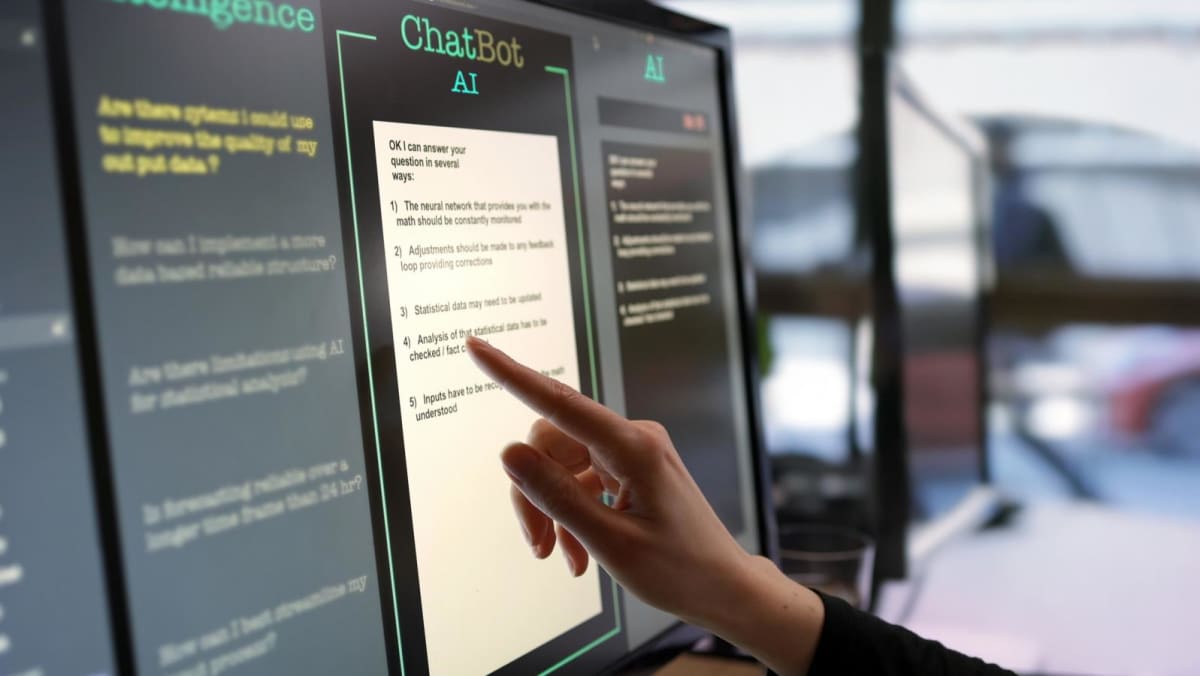
With technology evolving as quickly as it is, it can be hard to distinguish between the different types of AI.
Traditional AI usually performs specific tasks intelligently, based on a particular set of data.
While these systems are able to learn and make decisions on fixed inputs, they cannot create anything new. They analyse and predict outcomes based on existing data.
Voice assistants such as Siri and recommendation engines on Netflix or streaming services are examples of traditional AI.
Generative AI, however, creates something new.
With the introduction of generative adversarial networks – or GANs – a type of machine learning algorithm, generative AI can create new images, videos, and audio.
ChatGPT, OpenAI’s viral chatbot, is an example of generative AI.
According to Forbes, the main difference between traditional and generative AI lies in their capabilities and application.
“Traditional AI can analyse data and tell you what it sees, but generative AI can use that same data to create something entirely new.”
